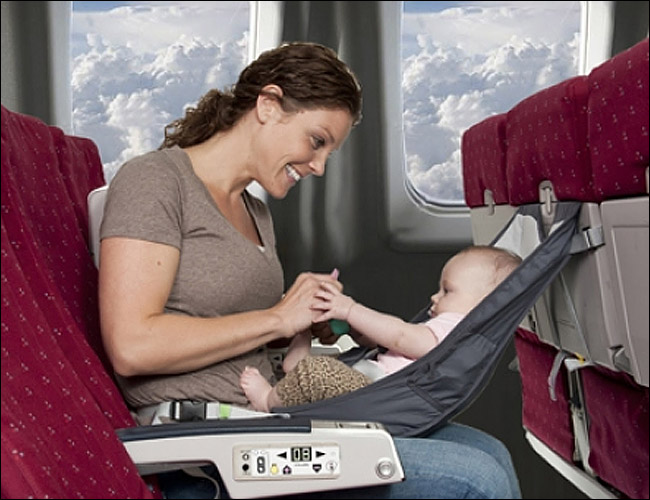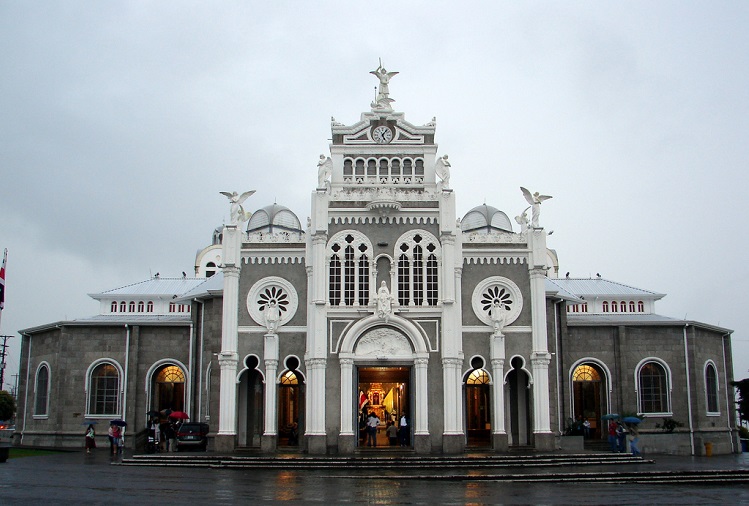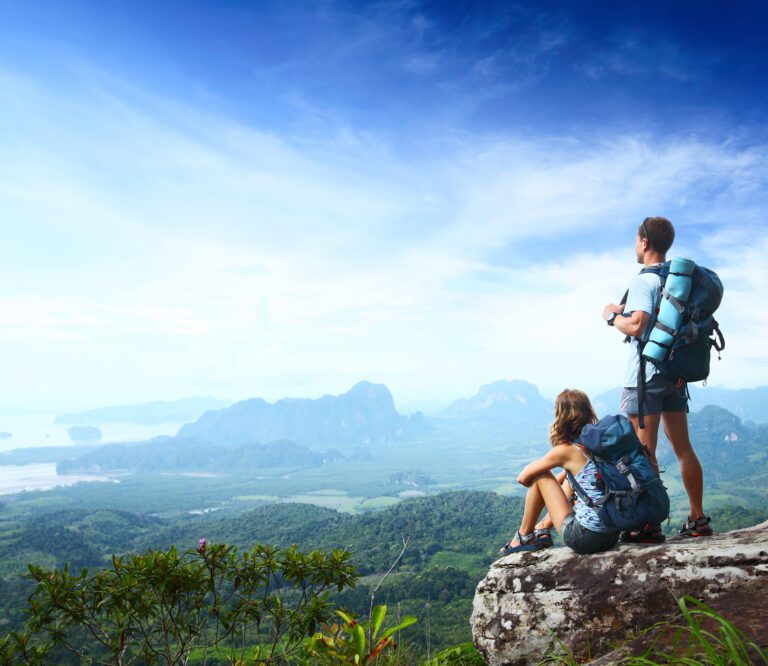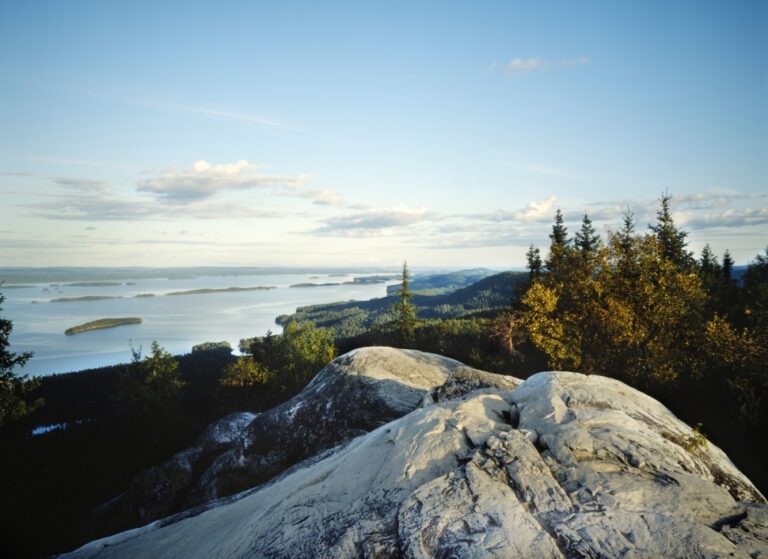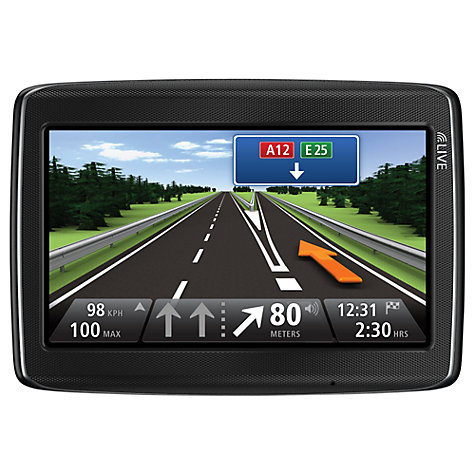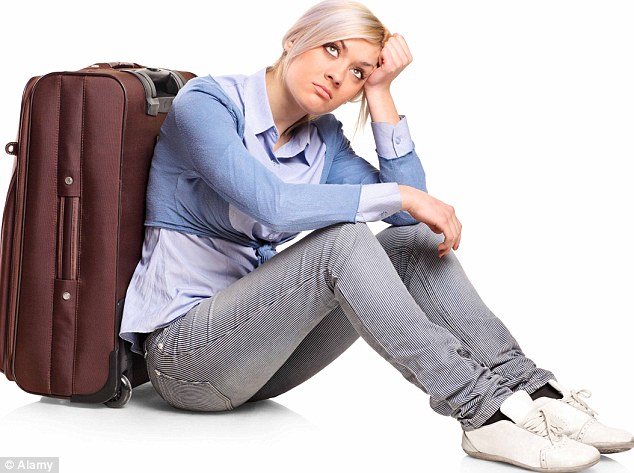When it comes to packing clothing for your next big trip, you need to find the sweet spot for the amount of clothing you should bring. You definitely don’t want to underpack and find out that you’ll run out of underwear, but you don’t want to overpack either.Depending on your flight, a heavier bag will […]
First Timers
Flying with an Infant: Travel Tips for Your Baby’s First Flight
Are you nervous about your baby’s first flight? Flying with a baby or toddler can be very demanding, indeed, unless you are enjoying the benefits of a TSA pre-check. That is why we are here to share a few essential tips for a smooth, safe, and stress-free trip with your baby on board. These guidelines […]
8 Costa Rica Travel Tips for a Smooth Trip
You’ve heard about the black sand beaches, the towering palm trees, and the lush cloud forests. If you picture yourself drinking out of a coconut somewhere in Costa Rica soon, you’re probably thrilled– you’re heading to an amazing, picturesque destination. You’re going to have a blast! Before you go, though, take the time to read […]
Backpacking Through Europe: Essential Planning Guide & Travel Tips
Backpacking through Europe for the first time? You’ve came to the right place! We’ve put together the ultimate travel tips for you to enjoy a fabulous journey. What you will learn from our post: Choose the best time of the year for your Euro Trip. Set up a travel itinerary with best places to visit […]
My First Time Spending Time with a Finnish Native
A couple of years ago I was offered a trip to Finland. I took a deep breath, said goodbye to Dad, who greeted me with a ‘where to, this time?’ and off I went. It was a warm November day, and there I was, with four other people, waiting to board on a plane to […]
The 30 Essential Travel Items Checklist
One’s traveling style has a lot to do with one’s personality, if you ask me. However, no matter if you like to travel light, or to make sure you have all the comfort you need at your disposal, there are certain items you should always remember to pack and take along. If you’re an avid […]
Medical Insurance for Travel Abroad: Best Deals for UK Senior Holidaymakers
Whoever said that older people shouldn’t embark on international journeys has definitely never met a savvy senior traveler before. One of the major trends of today’s society is for seniors to buy plane tickets and explore the world. If you think about it for a second, it makes perfect sense to invest in something worthwhile […]
Medical Insurance Travel Abroad Advice: Do You Really Need it?
Traveling is not always fun and games. In order to have the best time of your life, you should plan well in advance and take care of the organizational and insurance issues. Whether you are traveling for business purposes, in connection with your studies or for leisure, there are certain steps that you should take […]

